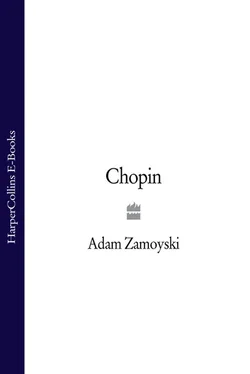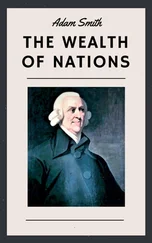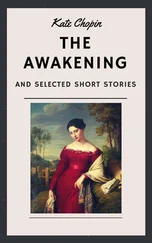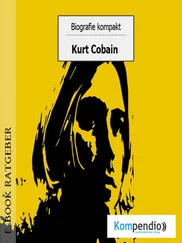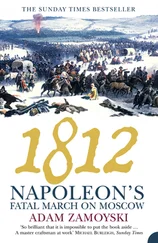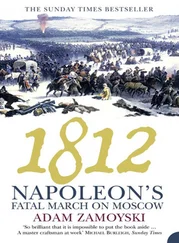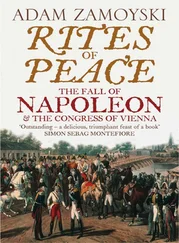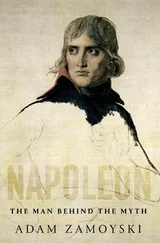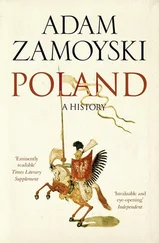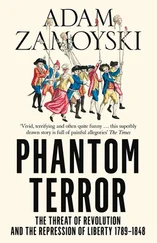Chopin wrote most of his letters home in the form and under the heading of the Szafarnia Courier , a pastiche on the Warsaw Courier , using the same layout of Home News, Foreign News and Society News. The customary censor’s stamp was in this case applied by Miss Ludwika. The Szafarnia Courier is full of schoolboy wit, with detailed news of how many flies settled on his nose, arch descriptions of battles between farmyard animals, Homeric accounts of quarrels between servants and notes on the misdemeanours of the domestic cat. There is also a great deal on the comings and goings of the Jewish traders who were a ubiquitous part of country life, and whom Chopin treats with predictable mockery. But the Szafarnia Courier also gives some idea of his wry, hyperbolic sense of humour and of his tendency to ridicule himself, the Pichon of the entries:
On 26th Inst. Monsieur Pichon visited the village of Golub. Amongst other sights and wonders of this exotic place, he saw a pig (imported) which for some time totally absorbed the attention of this distinguished voyageur. 3
Monsieur Pichon is suffering great discomfort on account of the mosquitoes, of which he has encountered fabulous quantities at Szafarnia. They bite him all over, except, mercifully, on the nose, which would otherwise become even bigger than it is. 4
On 1st Inst. Monsieur Pichon was just playing ‘the Jew’ [a newly composed Mazurka on a Jewish dance theme], when Monsieur Dziewanowski, who had business with one of his Jewish tenants, asked the latter to pronounce judgement on the young Jewish virtuoso’s playing. Moses came up to the window, inserted his exalted aquiline nose into the room and listened, after which he declared that if Mons. Pichon were to go and play at a Jewish wedding, he would earn at least ten thalers. Such a declaration encouraged Mons. Pichon to study this kind of music with diligence, and who knows whether one day he may not give himself over entirely to this branch of the arts. 5
The fourteen-year-old boy found everything about life in the country new and interesting, but what fascinated him more than anything else were the unfamiliar sounds. The only popular music he had heard before was Warsaw street musicians’ renderings of folk songs and dances. As he listened to peasant girls singing their songs of love or sorrow, to the old women chanting in the fields, and to the drinking songs issuing from village taverns, a whole new world of music opened up before him. When he returned to Warsaw in September, it was with his head full of these new harmonies.
He had by now achieved such mastery of the keyboard that the Polonaises he turned out were far superior in technical terms to their Ogiński model. With the A flat major Polonaise, written in 1821 and dedicated to Żywny, he had moved on to writing in the so-called ‘brilliant’ style; it is a sparkling bravura piece designed to show off the virtuosity of the performer rather than to plumb the depths of musical expression. At the same time, he continued to seek the key to a deeper understanding of the language of music, following his own instinct and taking advantage of every opportunity to expand his knowledge.
He was profoundly affected by the new Italian music, represented most notably by the operas of Spontini and Rossini, now fashionable in Warsaw. It was being promoted by the conductor and composer Karol Kurpiński, himself the author of several operas in a similar style. Chopin was struck by the melodic brilliance and the ‘singing’ quality produced by the Italian composers, and strove to bring some of these into his own playing.
In his fourteenth year he began writing waltzes and Mazurkas (the Gallicised name of the mazur , the principal dance of the peasants of Mazovia) as well as Polonaises, often for more than one instrument. Lack of evidence precludes any serious analysis of his output, and the main source of information on the compositions of this period is the album of Countess Izabela Grabowska, which was fortunately described by a musicologist before it was lost in the war. The Countess was a cousin of Fryderyk Skarbek and an enthusiastic violinist, and as she lived not far from the Chopin apartment, the young composer spent a good deal of time with her.
Most of the music in the album was written, possibly in collaboration with the Countess, around 1824. The book contained a large number of compositions for the piano, and quite a few for piano and violin. The musicologist who examined it thought many of these unremarkable and imitative of Hummel, and noted a lack of experience and a certain untidiness in the way the harmonies were developed. But he was also astonished by the number of passages which showed originality and seemed to announce Chopin’s mature work. 6
Chopin expanded his education and experience by taking part in a variety of musical events, most of them of an amateur nature. Documentary evidence is scarce, but we do know that he was closely involved in a series of musical performances put on by a friend of Nicolas Chopin, Józef Jawurek, the director of music of the Warsaw Evangelical church, which had a fine neo-classical rotunda with good acoustics. In 1824 and 1825 Chopin took part, along with his sister Ludwika and Jan Białobłocki, in performances of Haydn’s Creation and works by Elsner, and it is highly likely that he was involved in other similar events. 7
In April 1825 the capital prepared for an official visit from Tsar Alexander, and it was Chopin who was singled out by the Warsaw instrument-maker Brunner and the inventor Professor Hoffmann to show off their latest invention, the eolomelodicon, at a public concert. It was a sort of miniature organ, and Chopin played part of a Moscheles piano concerto and an improvisation of his own on it at a grand instrumental and vocal concert at the Conservatoire on 27 May. As the makers had hoped, both the instrument and the boy’s playing caused such a stir that the Tsar came to hear of it, and a special recital was organised for him. This command performance took place in the Evangelical church, with Chopin dressed in his Lycée full-dress uniform of blue tailcoat, breeches and stockings, pumps with silver buckles and white gloves. The Tsar was so taken with his playing that he presented him and the makers of the instrument with diamond rings. 8
This recognition coincided with the first commercial publication, on 2 June 1825, of one of Chopin’s works, the Rondo in C minor, op.1. The Benevolent Society managed to persuade all the artists who had taken part in the May concert to repeat their performance for charity on 10 June, and on this occasion Chopin played the newly published Rondo on the strange instrument, and then launched into a long improvisation, which earned him his first mention in the press outside Poland. The Allgemeine Musikalische Zeitung of Leipzig reported that ‘young Chopin distinguished himself in his improvisation by a wealth of musical ideas, and under his hands this instrument, of which he is a great master, made a deep impression’. 9
International acclaim was one thing, but the laws of the Chopin family were rigid, and as the boy only had a month left before his end-of-year exams, he was made to apply himself to his work. ‘I have to sit and sit, sit, still sit, and perhaps sit up all night,’ he wrote to his friend Białobłocki, who had now settled in the country, adding in a subsequent letter that he would at best scrape through the exams. 10In the event, he once again jointly topped his class, this time with his friend Julian Fontana. The next day he rushed out to buy himself a new pair of corduroy breeches and then climbed into a carriage with Ludwika Dziewanowska, who had come to take him and Dominik to Szafarnia.
The summer of 1825 was so fine that Chopin hardly played any music. He spent his days out of doors with his friend, walking, riding, shooting, and occasionally going off on longer excursions with the whole house party. They visited various neighbouring estates, dropped in on Jan Białobłocki, who was ill with tuberculosis, and on one outing got as far as the city of Toruń. Chopin spent the day there admiring the Gothic churches, which impressed him by their age, sampling the celebrated local gingerbread, and visiting the house in which Copernicus was born. He was appalled by the condition of the house, and incensed that the room in which the great astronomer was born was now inhabited by ‘some German who stuffs himself with potatoes and then probably passes foul winds’. 11
Читать дальше
